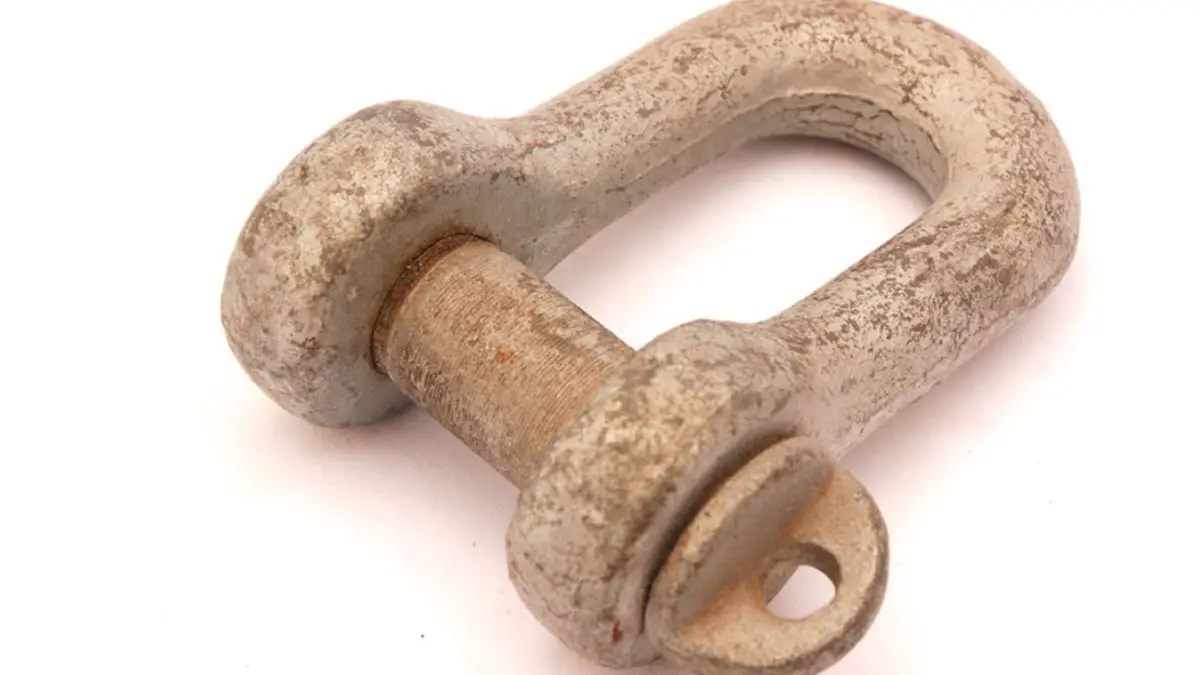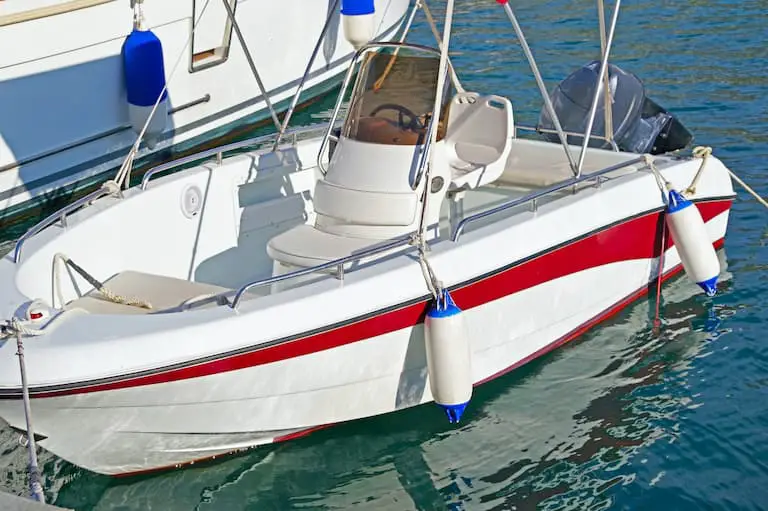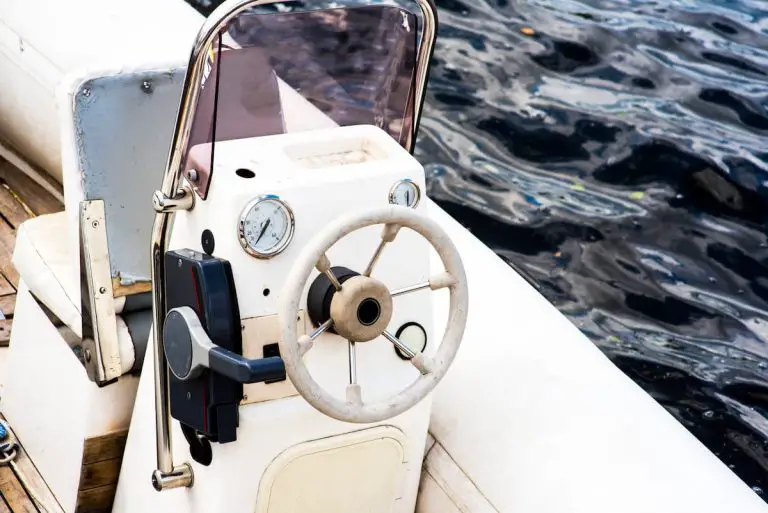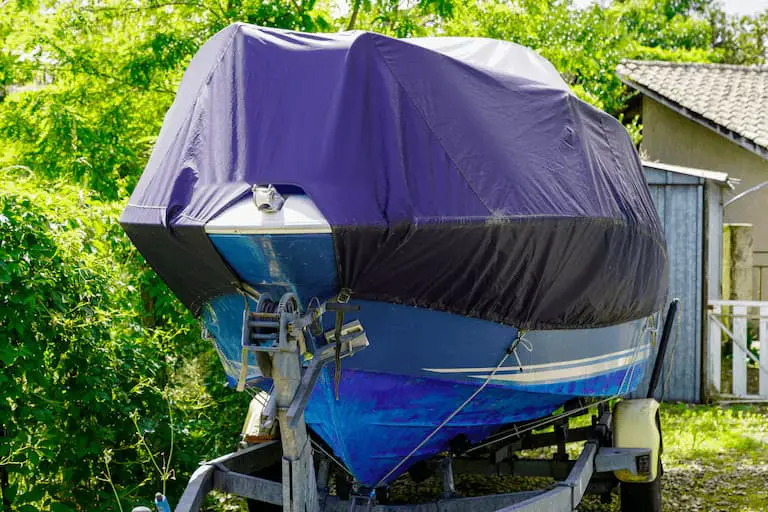Boating Shackles: What Are They and Why Are They Important?
Maritime enthusiasts, seasoned sailors, or even beginners in nautical exploration have all encountered a small but vital piece of hardware known as a boating shackle. These inconspicuous devices, integral to numerous maritime operations, often go unnoticed amidst the grandeur of sleek yacht bodies or the complexity of navigation systems.
Yet, understanding the role and significance of boating shackles in the marine environment is crucial. This article dives deep into the world of these essential components, unraveling the mystery behind what they are and why they command such importance in the nautical domain.
Boating shackles are small, typically metal devices used in maritime operations. They’re crucial for connecting equipment, such as rigging sails or attaching anchors. Their importance lies in ensuring safety and efficiency, playing a significant role in recreational and professional boating.
Despite their modest size, boating shackles bear the brunt of enormous responsibility, ensuring the secure and safe functioning of a plethora of marine apparatus. From rigging sails to attaching anchors, they serve as the unsung heroes on board, silently ensuring your sea adventures unfold without a hitch.
This article aims to spotlight these pivotal pieces, offering a comprehensive understanding of their varied types, applications, and their critical role in boating safety and efficiency. Stay with us as we navigate the intricacies of boating shackles, highlighting their significance in recreational and professional maritime contexts.
Different Types of Boating Shackles

Boating shackles come in various types, each designed for specific uses and capacities in the maritime world. They are categorized based on their shape, design, and mechanism for closing the shackle. Each type offers distinct advantages and is tailored to suit certain rigging configurations and load requirements. Understanding these diverse types will equip you with the knowledge to choose the right shackle for your specific boating needs.
- Bow Shackles (also known as Anchor Shackles): Characterized by their ‘O’ or ‘bow’ shape, they provide a larger area that can take loads from many directions without developing significant side load. They’re commonly used for multi-point lifts.
- D-Shackles (also known as Chain Shackles or Straight Shackles): These shackles have a ‘D’ shape that’s narrower than bow shackles. They’re ideal for applications where the load is strictly in line with the shackle, making them perfect for straight pulls.
- Snap Shackles: These shackles have a spring-activated mechanism that allows them to be used quickly and with one hand. They’re beneficial for tasks requiring frequent connect/disconnect actions, such as halyard applications.
- Twist Shackles: Twist shackles are designed with a 90-degree twist so the two connection points are perpendicular to each other. They are useful when a load rotation can cause standard shackles to become side-loaded.
- Halyard Shackles: These are specialized shackles used in sail rigging. They come in various designs like key pin, snap, and captive pin, each addressing challenges in halyard connections.
Function and Use of Boating Shackles
Boating shackles are multi-purpose devices that find wide-ranging applications in the maritime environment. Their primary function is to serve as a connecting link in various rigging systems, making them an essential part of many boating operations.
- Anchoring: Boating shackles are most commonly used to connect the anchor to the anchor chain or rope. They provide a strong, secure connection that can withstand the constant tension and harsh underwater conditions associated with anchoring.
- Sail Rigging: In sailboats, shackles are used extensively within the rigging systems. They’re used to attach sails to halyards, sheets to clews, and other applications requiring a reliable link. Specialized shackles like snap shackles and halyard shackles are designed specifically for these applications.
- Towing: When towing another boat, shackles are used to secure the tow line to both the towing and the towed boat. The strength and reliability of shackles make them well-suited to this high-stress application.
- Securing Equipment: Onboarding a boat, shackles are also used to secure equipment, prevent gear movement, and attach items to the boat. They can be used to secure a dinghy to the deck, fasten a life raft in place, or hold down any other equipment that needs to be kept secure.
- Rescue Operations: In a rescue operation, shackles play a pivotal role. They are used to connect rescue equipment, helping to ensure the safety and success of the operation.
Given their diverse functions and uses, boating shackles are undoubtedly one of the most versatile pieces of hardware on a boat. Their strength, durability, and versatility make them indispensable for safe and efficient boating operations.
The Integral Role of Shackles in Maritime Safety

Boating shackles play a critical role in ensuring maritime safety. These seemingly simple devices are the backbone of many safety-related applications onboard, from securing heavy equipment to anchoring and towing.
Their robust and reliable nature ensures that critical systems function properly under various stress conditions, which can be the difference between smooth sailing and a potential maritime mishap.
The inherent strength of shackles allows them to withstand extreme forces, whether from wind, current, or the mechanical load of a vessel’s systems, providing a reliable link in a safety chain.
Moreover, the diverse types of shackles available allow for their use in specialized safety functions. For instance, snap shackles can be quickly released even under load, a feature that can be vital in emergencies.
Similarly, the bow shackle’s ability to handle stress from different directions makes it indispensable in multi-point lifting operations and anchoring, where unpredictable forces are at play.
By ensuring the correct shackle is used for the right application, mariners can enhance the overall safety of their vessel and crew. When used and maintained correctly, these vital pieces of hardware serve as an essential safeguard in the complex and dynamic environment of maritime operations.
Choosing the Right Shackle for Your Boat
Selecting the right shackle for your boat is essential for safe and efficient operation. The type of shackle chosen should align with its intended use, the load it will bear, and the environmental conditions it will face. Given the wide array of shackles available, understanding their specific functionalities can guide you in making an informed decision. Your choice should enhance your boat’s performance and fortify the safety standards on board.
- Understand the Application: The first step in choosing the right shackle is understanding its intended use. For straight-line pulls, D-shackles are most suitable. For multi-directional load-bearing tasks, bow shackles would be a better fit. Snap shackles are ideal for tasks requiring frequent connect/disconnect actions.
- Consider the Load: Ensure that the shackle you choose can handle the maximum load it may encounter. This includes considering dynamic loading, where the load may increase due to motion or environmental factors.
- Material and Corrosion Resistance: Shackles are made from stainless or galvanized steel. Stainless steel offers better corrosion resistance and is suitable for saltwater environments, while galvanized steel shackles are generally more economical and suitable for freshwater use.
- Size of the Shackle: The size must fit properly with your connecting equipment. An ill-fitting shackle can compromise the connection’s strength and safety.
- Quality and Standards Compliance: Choosing shackles that meet recognized quality and safety standards is essential. Look for shackles that comply with relevant standards, such as those set by the American Bureau of Shipping (ABS) or similar maritime authorities.
Proper Maintenance and Care for Boating Shackles

Proper maintenance and care for boating shackles are paramount to ensure their longevity and reliability. A well-maintained shackle performs better and reduces the risk of failure, ensuring the safety and efficiency of your boating operations.
- Regular Inspection: Frequent visual inspections are essential. Look for signs of wear and tear, corrosion, or deformation. Pay attention to the pin and the shackle’s body, as damage will most likely occur in these areas.
- Cleaning: After each use, especially in saltwater, shackles should be thoroughly cleaned to remove any salt, sand, or other debris that may have accumulated. This can be done using fresh water and a mild detergent, followed by a thorough rinse.
- Lubrication: Periodic lubrication is necessary to ensure smooth operation and prevent corrosion, especially for the threaded pins of screw pin shackles. Use a marine-grade lubricant for best results.
- Avoid Overloading: Never exceed the load capacity of a shackle. Overloading can lead to deformation or failure of the shackle, with potentially serious consequences.
- Storage: Shackles should be stored in a dry, cool place when not in use. Avoid exposing them to the elements when they’re not in use to prevent rust and corrosion.
- Replacement: No matter how well a shackle is maintained, it will eventually need to be replaced. Any shackle showing signs of wear or damage, no matter how minor, should be replaced immediately.
Common Mistakes in Using Boating Shackles
Despite their simple design, using boating shackles correctly requires knowledge and caution. Common mistakes can compromise the performance and safety of these vital devices.
- Using the Wrong Type of Shackle: Not all shackles are suitable for all applications. For example, a D-shackle should not be used in an application that requires multi-directional load bearing, as it’s not designed to handle side loads.
- Ignoring Load Ratings: Every shackle has a specified load rating that should never be exceeded. Overloading can lead to deformation or failure of the shackle.
- Incorrect Pin Tightening: For screw pin shackles, the pin should be tightened and then backed off a quarter turn. Over-tightening can make it difficult to unscrew the pin, while under-tightening can result in the pin coming loose.
- Neglecting Maintenance and Inspection: Regular maintenance and inspection are crucial to ensure the longevity and reliability of shackles. Neglecting these practices can lead to unseen damage or wear, which can compromise the safety of the shackle.
- Improper Connections: Shackles should only be connected to suitable fittings. Attaching shackles to unsuitable or makeshift fittings can put undue stress on the shackle, leading to failure.
Using Damaged or Worn Shackles: Any signs of wear, deformation, or corrosion are indications that a shackle should be replaced. Continuing to use a damaged shackle can have dangerous consequences.







